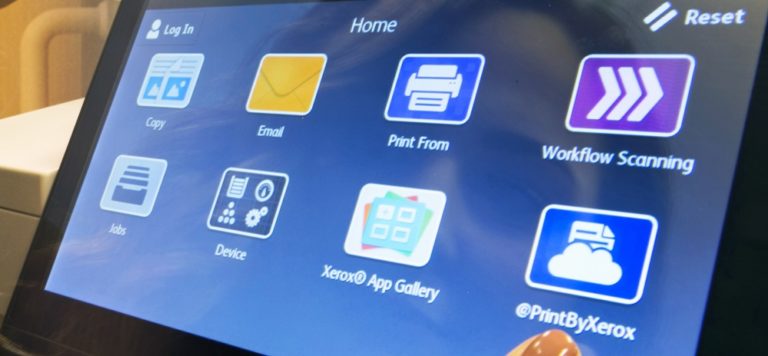By Nick Gyles, chief technology officer for WDS, A Xerox Company

Whether it’s the consumerization of healthcare, the growth of low-cost smart devices or the Internet of Things, a series of trends mean enterprises in many sectors are experiencing unprecedented demand for customer service. At the same time, many business models operate with profit margins that simply won’t allow for the quantity and complexity of interactions required to satisfy customers.
Studies show that customer care is often the key point of difference for customer retention and growth, so how does a business keep customers satisfied while remaining profitable?
Automation is cited as the answer for efficient and effective customer care. For the first time we have a solution that aligns the incentives of both the customer and the brand. For the customer, the level of effort to engage with the brand is reduced (no more waiting on hold!), while the enterprise can scale customer care with little to no marginal cost.
But What Exactly Are We Automating?
At Xerox, we handle customer care on behalf of many of the world’s leading brands in consumer electronics, healthcare, travel, retail and financial services. Of the customer interactions we handle, over two-thirds are complex interactions, where we are either conducting a business transaction on behalf of the customer, or diagnosing a problem through a troubleshooting process.
These conversations are rich in context – we need to quickly understand a lot about the customer’s situation. Every individual explains this in his or her own language based on their mental model of the situation. A large part of the automation problem is dealing with ambiguity, with often incomplete information arriving in any order.
Nick Gyles is responsible for the technical platform that underpins WDS solutions. He plays a vital role in the ongoing strategic development of technology initiatives for customer experience optimization and customer care.
Nick’s expertise: WDS cognitive technology platform, customer analytics and product development.
A conversation takes a series of turns, or ”utterances,” where each builds on what’s already been said, and is relevant to the overall interaction. Conversations in customer care are task-based, where the customer and representative are interacting to achieve a mutually understood goal. Either person can alter the flow of the interaction at any point.
This represents a challenge when we automate. The majority of virtual assistants deployed today deal with knowledge surfacing tasks – automated question answering, but do little to address complex conversation.
Virtual assistants that venture into the automation of business transactions tend to follow pre-determined ‘form filling’ flows, which don’t reflect the high-fidelity data exchange that happens naturally when two humans converse.
How Do We Automate Complex Conversations?
Key to the automation of complex conversations is the confluence of several technologies that currently enjoy their own rapid advances. Besides speech recognition and speech generation, conversational technologies also benefit from advances in knowledge modelling, spoken language understanding, natural language generation, and decision making. Machine learning, and more recently deep learning, are accelerating progress in all of these areas.
Through our work at Palo Alto Research Center (PARC) and Xerox research centers around the world, we are developing a new generation of dialog systems. These maintain context over many turns, and enable ”mixed initiative” conversations, where the customer may change the flow of the conversation at any time — such as asking a side question, or presenting additional information relevant to the task.
Our initial focus is around troubleshooting – an area where the customer often presents ambiguous symptoms, and where the experience and training of a representative can create vastly different outcomes. By codifying best practice problem diagnosis, we’re able to solve problems more consistently, with lower customer effort and higher satisfaction.
We’re already seeing benefits from this type of automation. Deploying into the contact center, we reduce training time for new hires and see improved customer satisfaction. We can change the hiring profile to look for people with great soft skills. (Deep technical ability is not as important because machines can augment the person.) In self-service we can deflect many problems that would have previously required human contact.
What Will Success Look Like?
A by-product of every customer interaction is a high-fidelity semantic understanding of the customer’s symptoms and root-cause problem. This new insight can feed directly into product development teams to support service improvements, often eradicating customer issues that would otherwise have gone unnoticed in the noise of customer care.
We’ve seen a promising start for automation, but we’ve only scratched the surface of what will be possible as the technology matures. We’ll see fundamental changes in the role of the contact center, from highly transactional environments to centers of knowledge contribution, which will support and maintain the customer’s experience on behalf of the brand.
Success will require the brand to place greater value on the conversation with the customer. From there, the brand will truly understand customers’ incentives, and the customers will reduce the energy they must expend to engage.
Subscribe to this blog and receive email updates when we publish a new article.




We do a lot of work with Xerox, I glad to see them being successful in fighting fraud.